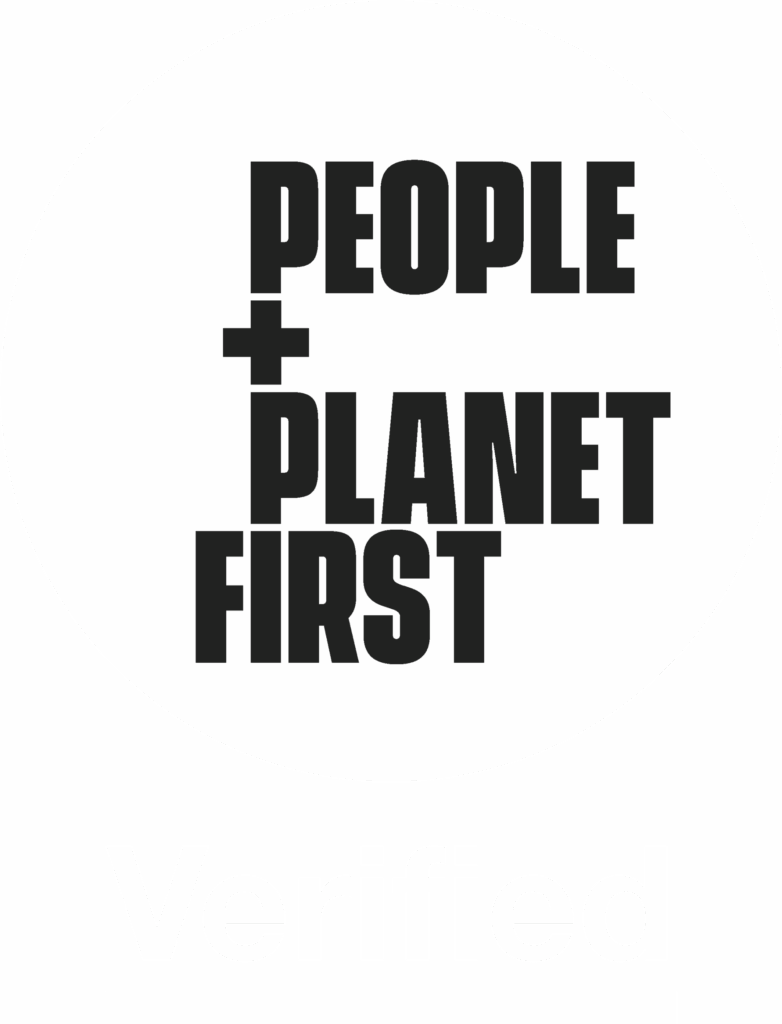Marketing to Millennials vs. Gen Z
However, when you really think about the generational differences on the largest possible scale, the oldest millennials are close to 40, might be settled down, and could be making larger purchases like cars or homes. The youngest members of Gen Z are in second grade, might love children’s shows, and won’t be directly making purchasing decisions any time soon.
If you’re marketing to these generations, aside from their ages, you’ll also want to keep their attitudes about money in mind.
According to Pew Research Center, millennials in the U.S. built up their own finances shortly after the Recession, which ended in 2009. In 2019, despite financial woes caused by the poor economy, rising home costs, and high unemployment levels, millennials still remain optimistic about their future and finances.
Meanwhile, Gen Z was born at the beginning of the economic downturn. As the oldest members of Gen Z have entered adulthood, research shows that their past experience of living in the Recession are leading them to make more practical spending decisions.
For example, if you want millennials to buy your product, you’ll want to focus on building a brand that offers a pleasant or entertaining customer experience, as well as marketing products or services that give instant gratification. If you’re marketing to Gen Z, you’ll want your campaigns to clearly demonstrate how or why your product will be valuable or practical to them in their daily lives.
If you absolutely cannot budget specific and separate campaigns for millennials and Gen Z but know you want to market to young adults, focus in on the middle of both generations by creating a campaign for 18 to 34-year-olds. This will allow you to zone in on young and slightly older adults that can actually make purchasing decisions, or will be able to make purchases in the near future.
Despite the differences between these two generations, there are also two big similarities: both love social media and instant gratification. Be sure that your campaign clearly explains why your product will be valuable to the age group you’re pitching it to, and leverage the social media networks that the age group you’re targeting prefers.









